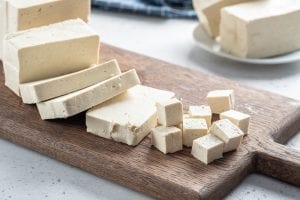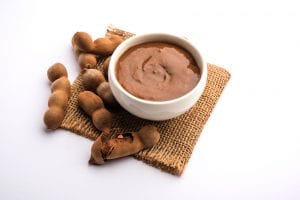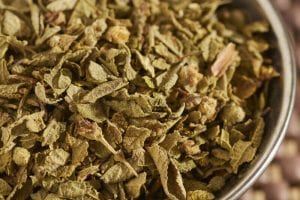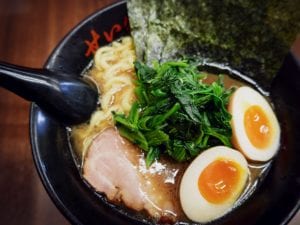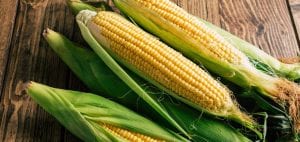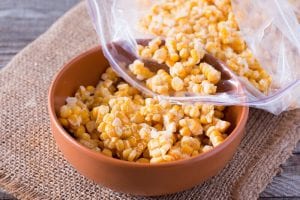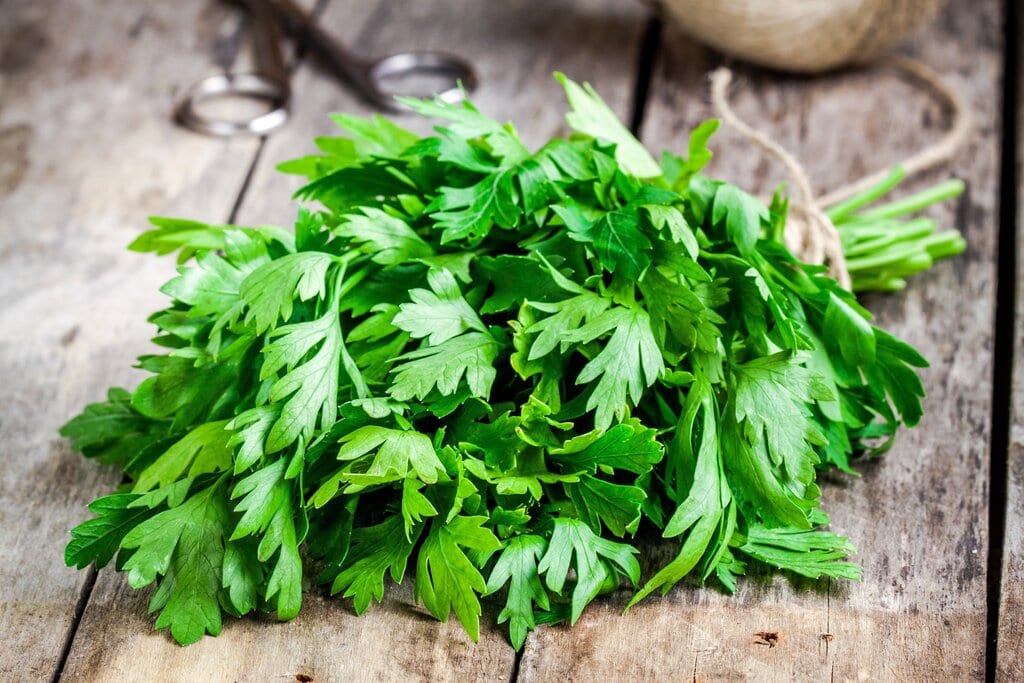
You’ll often find bunches of cilantro and parsley lined up next to each other at a grocery store or farmers market. And on more than one occasion, you have probably grabbed a bundle of parsley instead of a handful of fresh cilantro for your delectable delicious grilled salmon. Well, you’re not alone in this common grocery shopping woe. It’s very understandable as it’s difficult to have parsley vs cilantro comparison, as the aromatic green herbs look strikingly similar. Not to mention, confusing the two could lead to a cooking catastrophe.
At first glance, these two green leaves look almost the same, and figuring out their differences can be a bit challenging. As such, they are often mistaken for one another. While these herbs do have a bit in common, one being a delicious element that’ll make every recipe a home run, they differ in many ways.
Put the old parsley vs. cilantro botanical battle to rest with this rundown! Hopefully, after reading this, you will be able to identify which is which the next time you visit a grocery store.
Fresh herbs tend to wilt if not stored properly. If you’ve lost bunches of parsley in the past, then here’s How to Store Parsley: 7 Secret Hacks to Keeping Parsley Fresh.
Parsley vs Cilantro: How Do They Differ From Each Other?
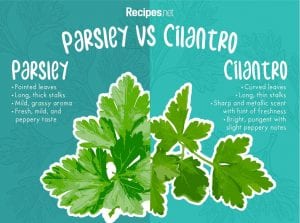
Are parsley and cilantro the same thing? Well, the answer is a resounding no. They’re both herbs, they’re both green, and they both belong to the Apiaceae or parsley family which is native to the Mediterranean. Still, each has distinct characteristics, completely separating them from one another.
Keep on reading and discover the dividing line between these two essential ingredients. While we’re on it, we’ll also touch on the coriander vs cilantro vs parsley query.
Appearance
On the surface, parsley (Petroselinum crispum) and cilantro (Coriandrum sativum) look very much alike. And to make matters worse, they’re often placed side by side in the fresh herbs section. This makes it even harder to tell the two apart. However, if you look closely enough, you’ll notice a few differences between them.

Parsley
Now, what does parsley look like? This self-seeding biennial plant, also commonly known as parsley garden, has a spindle-shaped taproot and long, thick stalks.
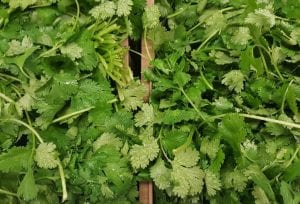
Cilantro
On the other hand, cilantro or Chinese parsley is the leaf part of the coriander plant whereas the seed is referred to as simply coriander. And similar to parsley, cilantro also has long and tender but thinner stems.
Though they’re a part of the same plant, cilantro and coriander have distinct flavor profiles. Check out our article on Coriander Seeds: Herb or Spice and Its Uses.
What makes them distinct from one another, most especially, is the leaf shape, specifically the edges. The serrations on parsley herb are a bit jagged while cilantro leaf is somewhat rounded. Off the bat, parsley has pointed leaves and cilantro has curved leaves.
Aroma
Say, you’re in the spices and herb section, staring at the bundles of parsley and cilantro, and yet you still can’t identify which is which. Here’s a tip: take a good whiff of each herb. Another easy way to tell them apart is through their scent. When it comes to the cilantro vs parsley debacle, aroma is a good comparison gauge. Cilantro has a distinct smell, bordering on sharp and metallic with a hint of freshness. Parsley, on the other hand, has a mild grassy scent.
Taste and Cooking
The most crucial way to distinguish the two is through their taste. While the two appear to be identical, they actually taste different. Parsley has a fresh, mild, and peppery taste. And contrary to popular belief, this humble herb is more than just mere decoration. With its subtle flavor, parsley can enhance the flavors of sauces, soups, and vegetables. It’s most commonly found and incorporated in European, Middle Eastern, and American cuisine.
In addition, there are a few parsley varieties and each has distinct culinary purposes. Among its popular cultivars are the Italian parsley or fly leaf parsley (Petroselinum crispum neapolitanum) and curly parsley (Petroselinum crispum neapolitanum). Fly leaf parsley has a stronger flavor, which is why it’s used to add flavors to dishes. The latter variation is deemed more popular as it’s heavily used in recipes as a garnish. Nevertheless, both types of parsley are used in cooking to brighten up any recipes.
Meanwhile, cilantro is a popular staple in Mexican, Indian, and Asian recipes such as curries and masalas. It has a pungent and bright flavor profile with a hint of peppery notes. A little bit of cilantro goes a long way, hence a pinch of this herb can already do wonders to some dishes. This green herb also contains a natural aldehydes chemical, giving it a subtle soapy taste. Nonetheless, this essential herb adds a zing to every bite.
Nutrition and Health Benefits
Considered as one of the strongest disease-fighting plants, parsley offers an array of health benefits. This healthful herb is rich in essential nutrients such as Vitamin K, A, and C. As such, consuming this beneficial herb may be good for your bone health. According to an animal study, eating fresh parsley is also largely helpful in reducing high blood sugar levels primarily due to its high antioxidant content. Incorporating this nutritious herb into your diet can also help reduce heart disease risk factors.
Meanwhile, cilantro almost has the same nutritional profile as parsley. Like many herbs, this leafy green has also been revered for its medicinal use. Its health benefits include reducing symptoms of cognitive diseases like Alzheimer’s and Parkinson’s disease, all thanks to its anti-inflammatory properties. Furthermore, cilantro contains antimicrobial compounds, hence, consuming this herb can fight certain infections and foodborne illnesses.
Recipes That Use Cilantro and Parsley

Parsley and cilantro, like most herbs, add depth and complex flavors to many recipes. They can brighten a salad or add peppery notes to condiments. Without further ado, we’ll share with you a few recipes that make use of these flavorful herbs.
- Parsley Corned Beef Dip Recipe – Elevate your dish with this flavorful corned beef dip on the side! Tender crumbled beef is deliciously combined with fresh herbs, sour cream, and mayo.
- Fantastic Roast Parsley Chicken Recipe – A juicy and tender roasted chicken slathered with parsley herbs surely makes for a delicious weeknight dinner! Plus, this parsley chicken is ready to serve in less than an hour.
- Copycat Amy’s Cilantro Cream Sauce Recipe – Enjoy this cilantro cream sauce with your favorite salad or even grilled meats. This delicious dip is a sure-fire way to tame any Mexican dish.
Parsley vs Cilantro: It’s All About the Leaves, Aroma, and Taste
By now, you probably know the difference between parsley and cilantro. Gone are the days where you find yourself standing in the herbs section, trying to figure out which is which. These two fresh herbs, though strikingly similar with each other appearance-wise, differ in so many ways. Their main differences primarily lie in the shape of their leaves, aroma, and flavor profile. Nonetheless, both herbs, all things considered, offer many culinary uses.
Learn more about other herbs that can elevate your favorite recipe. Check out our article on What Is Savory: All About the Savory Herb and 4 Related Recipes.





